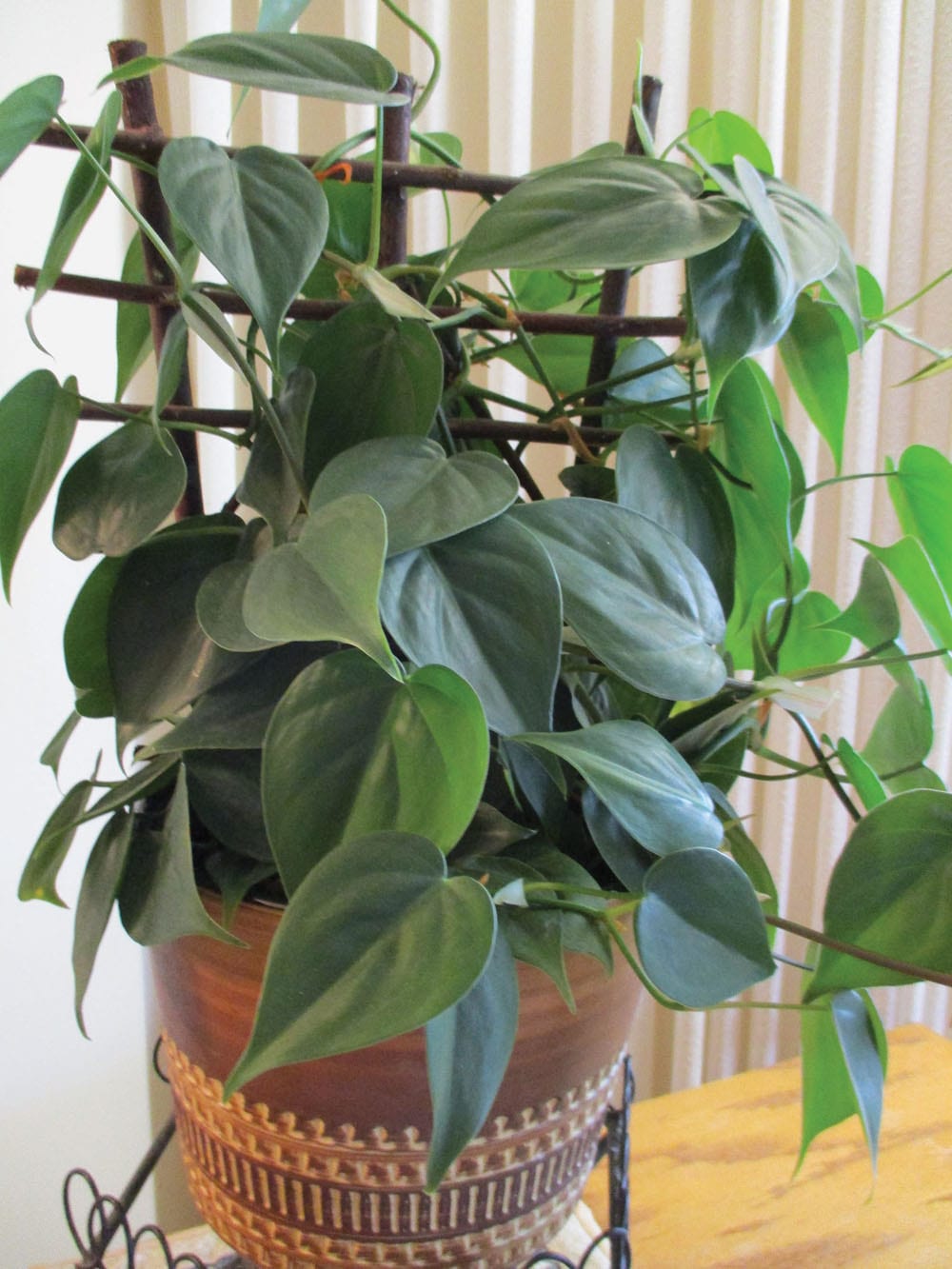It can be difficult to display trailing plants indoors as they can take up a lot of space and are hard to position so that they look like they are part of the interior landscape.
There are many attractive trailing plants that are ideal for use indoors because they demand relatively low light levels. Heart-leafed philodendron, English ivy, pothos, and some members of the plectranthus family, including Swedish ivy, are a few examples. These plants are very versatile as you can display them in three different ways, the first being to hang the plant from the ceiling.
Read Also

Do the math on replacement heifers
Beef farmers should know what it costs them to raise a replacement heifer and, based on that, decide the best replacement strategy to grow both their herd and their profits.
If you hang a plant, choose an attractive hanger such as a macramé one. Wire, rope and hangers made from other materials are available. (I picked one up at a garage sale made from seashells strung onto a sturdy cord.) Also, put the plant in an attractive container that provides adequate drainage. This can be accomplished by sitting the potted plant on an inverted saucer or plastic lid so that excess water can collect in the bottom of the container without the pot sitting in it. Some pots have built-in reservoirs and these will ensure not overwatering.
Hanging plants are often positioned in corners or against walls. This will cause them to naturally grow toward the light and become one sided unless you give them a half-turn every week or so.
Just like any other houseplant, a hanging one requires periodic grooming to keep it attractive, so every week or so remove spent leaves. During the dark days of winter plants require less water and also hold back on the plant food until the days get longer toward spring.
A second way to display a trailing plant is to use a plant stand, which will allow you to display them in a variety of locations that hangers do not allow. Choose an attractive one that complements the other furnishings in the room. A plant that produces bloom may demand more light than a foliage plant so it can be positioned in front of a sunny window. Just like for a hanging plant, choose an attractive container that provides adequate drainage. Ferns, various types of ivies, lipstick plants, and Christmas cacti are some plants that are displayed to best advantage on stands.
The third method of displaying trailing plants indoors is to use trellises to give the plant an upright growth habit, conserving space and creating vertical plant accents. There are several vines such as heart-leafed philodendrons, pothos and grape ivy, that will tolerate low light levels that can be grown on trellises, and will take up much less space than some of the bigger low-light plants such as dieffenbachia and schefflera. A vine can be trained onto a trellis so that the width of the arrangement can be reduced so it will fit into the tightest corner.
Simply wind the vine onto a trellis (purchased or homemade) and either use on a tabletop or if it is large enough, display as a floor plant. Use a heavy container to give it stability and a sturdy trellis that is firmly anchored in the soil.
Finding novel ways to display trailing houseplants is just one of the many gardening tasks that will keep us occupied during the winter.



















